We’ve returned from our long-anticipated trip through some of California’s Gold Country! We’ve been studying the California Gold Rush period, so this trip was both educational and fun.
We camped at a family-friendly camping park during the trip to save money. It was mostly (but not completely) a terrific idea. When I booked months ago, the map of the park showed the tent sites near a lovely fishing pond. However, when we showed up it turned out the main tent area was drenched with rain and was swampy, ripe with rattlesnakes and all, so we were placed in an overflow tent area overlooking solar panels and the freeway. I wasn’t thrilled, but it beat rattlesnakes!
Here are some photos of us hanging out at our campsite:
We spent a week exploring the Empire Gold Mine in Grass Valley, the Marshall Gold Discovery Historic Park in Coloma (the site of the original gold discovery that sparked the Gold Rush), a bit of Auburn where our camping park was sited, and the California Historic train museum. In this post I’ll share photos our trips to the Empire Mine and Coloma, then in my next post I’ll finish up:
Empire Mine State Historic Park in Grass Valley
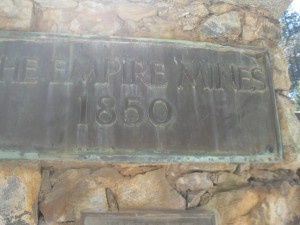 The Empire Mine wasn’t even on my original itinerary but it turned out to be my favorite part of the trip. I love historical buildings and antiques and the Empire Mine is the site not only of the old mine but also the family home and private grounds of the Bourne family who owned and ran the mine.
The Empire Mine wasn’t even on my original itinerary but it turned out to be my favorite part of the trip. I love historical buildings and antiques and the Empire Mine is the site not only of the old mine but also the family home and private grounds of the Bourne family who owned and ran the mine.
Gold Rush history focuses on the experiences of individual prospectors or small groups of men panning for gold, hoping for a fortune but rarely finding it. So it was very interesting learning about the Bourne family, who bought a gold mine that was presumed to be a dud and it ended up making the family filthy rich. The mine was a huge operation, employing miners from around the world from the late 1800s until 1956 when it ceased operation. It became the most profitable gold mine in California.
The Empire Gold Mine is now a state historical park. On the grounds, we were able to see “The Cottage” – a mansion occupied by the Bournes when they visited, “The Clubhouse” — a guest house with a bowling alley, tennis court, squash courts, and the gold mines. We took a guided tour through the grounds and through the mines.
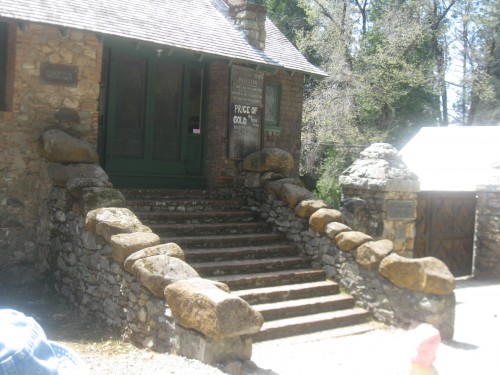
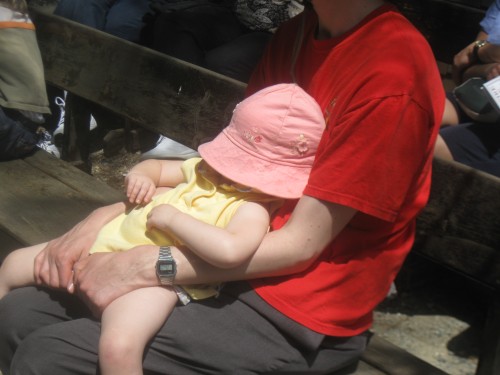
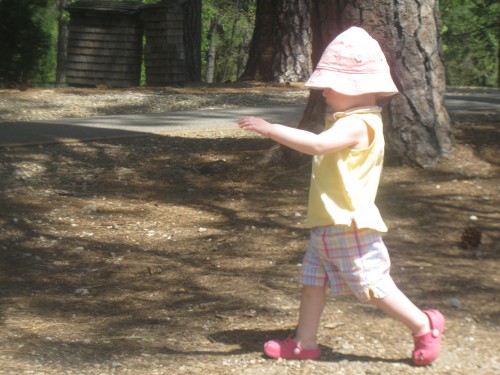
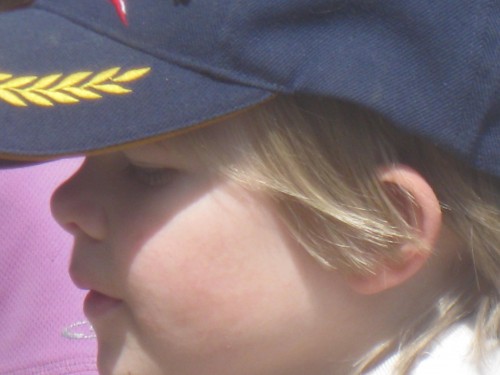
The best part for me was hearing about the human experience of the Bourne family and the miners. The Bourne compound grounds were stunning, landscaped in an English garden style, and homes decorated impeccably.
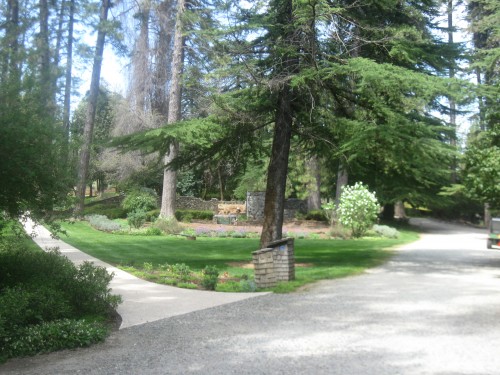
The son of the original owner studied at Cambridge University in England. When he took over the Mine, he had the family compound landscaped in an English garden style and built English style homes.
Here’s the “Club House” where the Bournes housed their guests. It had a tennis court and bowling alley!
Here’s a photo of “The Cottage” — the private residence of the Bournes. The wife hated coming here because it was too noisy. The family had two other homes, one in San Francisco and another in the wine country.
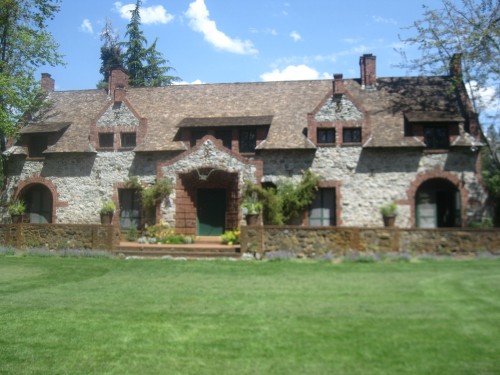
The Bourne compound was separated from the Mine. Mine workers were not permitted on the family grounds. Though the Empire Mine was among the safest of mines, it was still dark and dank, and obviously still dangerous.
Claire seems to connect with creatures no matter the location! She befriended a little lizard, which helped her get over her temporary pet lizard Bob who she had to release before left on our trip:

Marshall Gold Discovery State Historical Park in Coloma
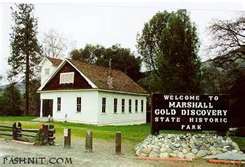
The drive on Highway 49 from Auburn to Coloma is spectacular: winding roads through hilly lush landscape with views of gaping canyons. We drove to Coloma to visit the site of the gold discovery that sparked the 1849 Gold Rush.
James Marshall, an employee of John Sutter, is usually credited with starting the Gold Rush, but did he really? On January 24, 1848, John Marshall was working on a new mill new Coloma for Sutter when happened upon a nugget. Here is an entry in the diary of Henry Bigler, an employee of Sutter’s Mill in 1848:
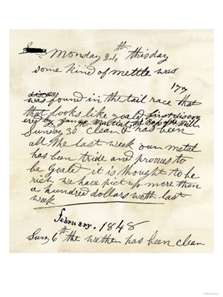
“Monday 24th this day some kind of mettle was found in the tail race that looks like goald discovered by James Martial the Boss of the Mill.” Henry Bigler’s diary dated January 24th, 1848. Bigler records the discovery of gold at the edge of the South Fork of the American River by James W. Marshall. Gold had been discovered before but people were skeptical. Marshall’s discovery was publicized by Sam Brannan, a newspaperman and entrepreneur. Nobody paid much attention to Marshall’s discovery until Brannan wrote about it in his newspaper “the California Star” in an effort to drum up business in San Francisco. Brannan’s efforts led to the famous 1849 Gold Rush.
Our family visited the local history museum and panned for gold in the American river, right across from the replica of Sutter’s Mill recreated on the spot of the original mill.
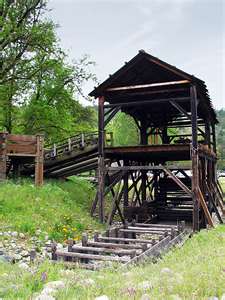
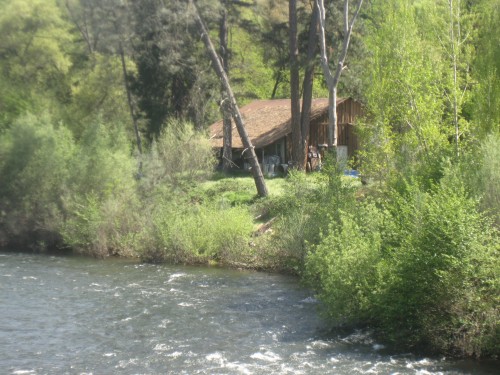

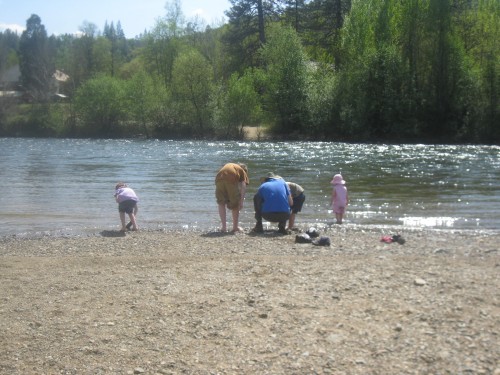

Photos never capture the spirit of the trip or course! More next time!
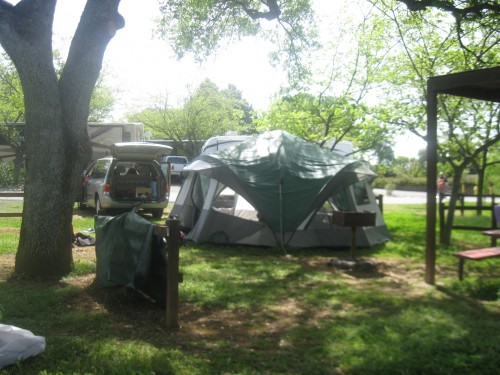
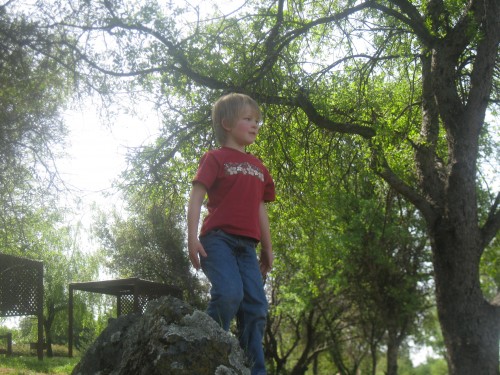
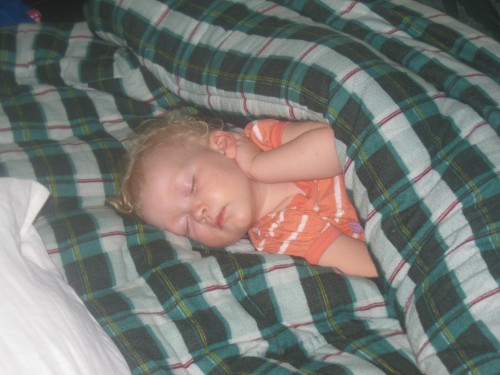
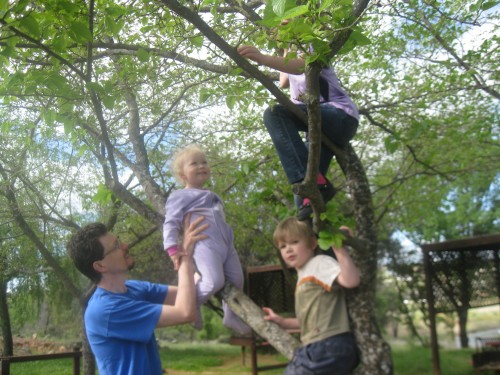
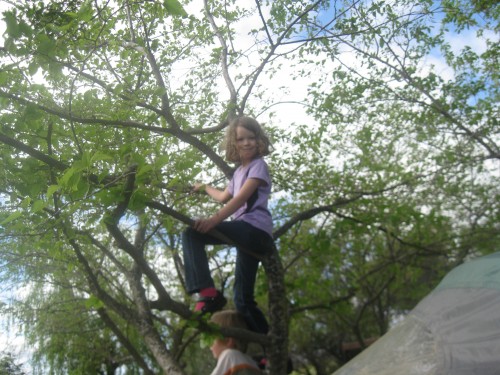
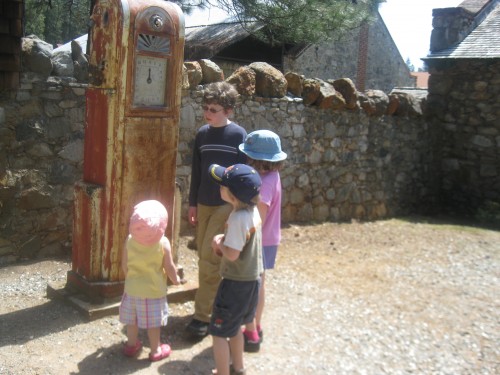
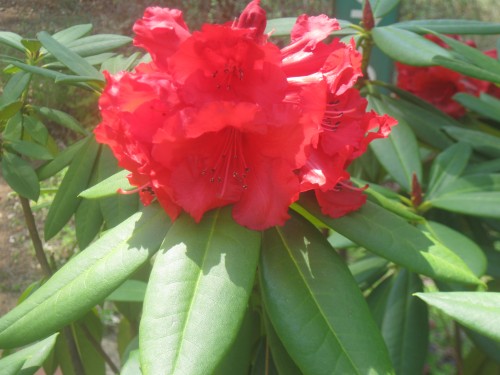
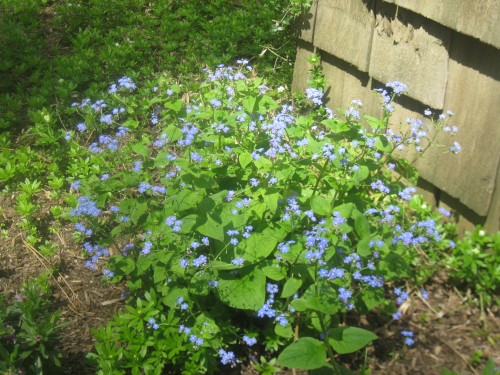
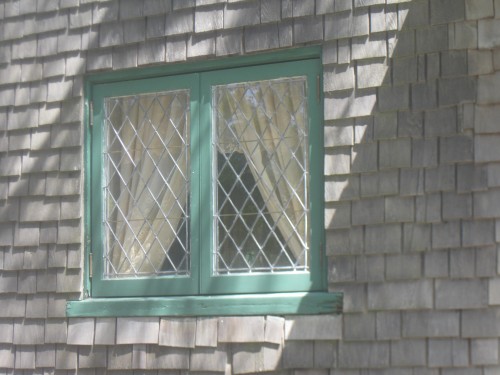
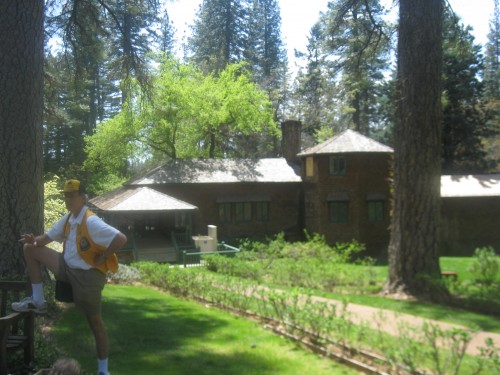
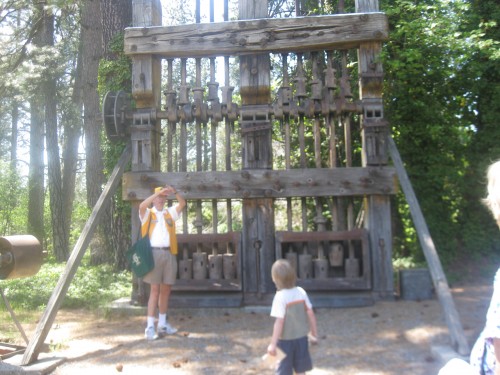
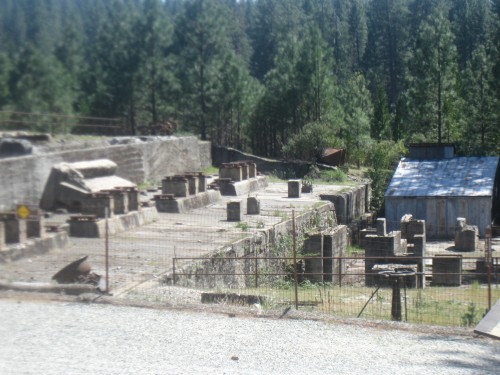
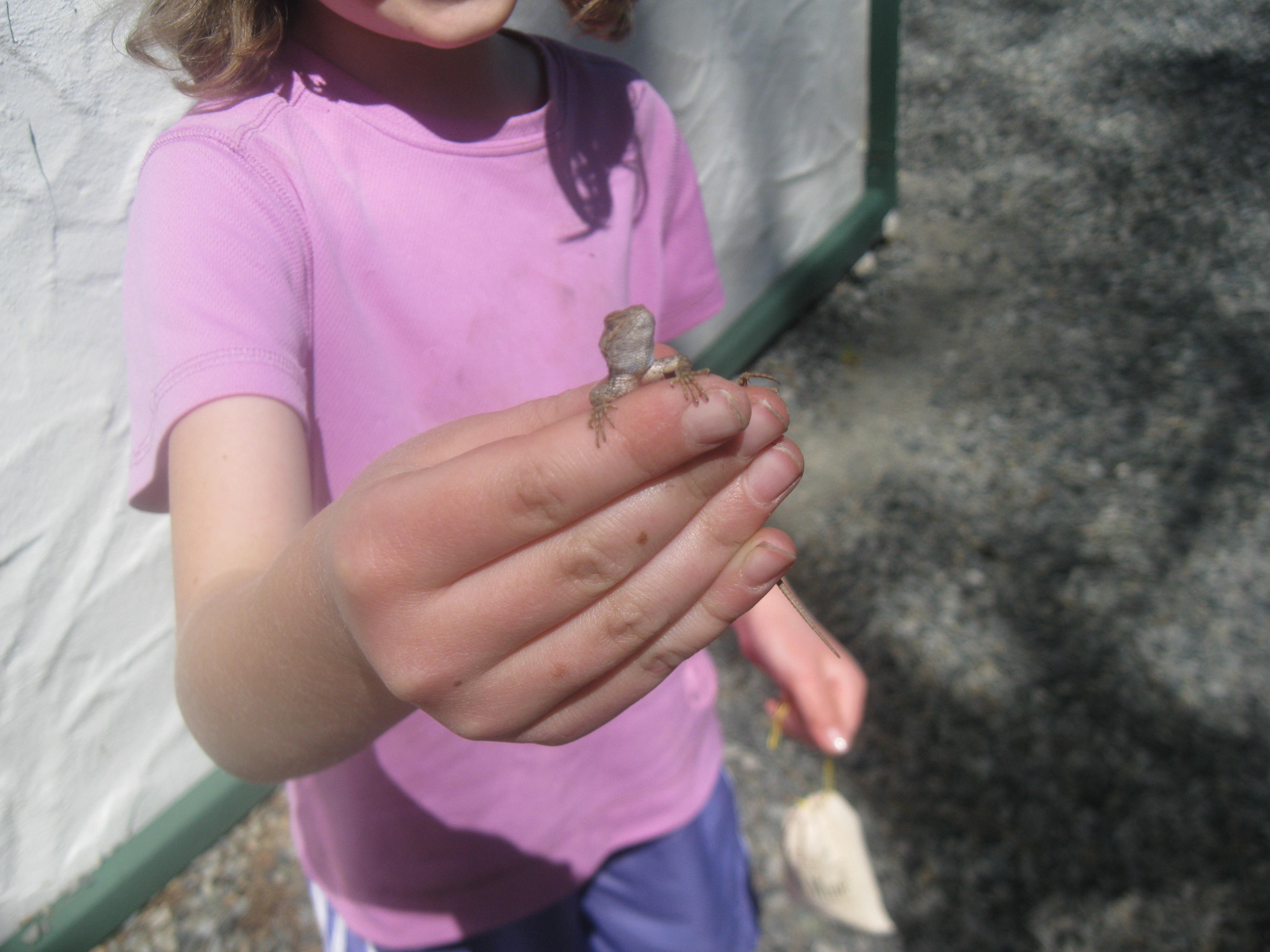




What a wonderful trip! I love the photos and am eager to see your next installment.